Are you a coffee enthusiast looking to dive deep into the world of coffee beans? Whether you’re new to the coffee scene or an experienced sipper, understanding how to choose the right beans and where to find reliable suppliers can significantly enhance your coffee experience. In this guide, we’ll explore the fascinating variety of coffee beans available and share tips on how to pick the best ones for your taste. Plus, we’ll help you find trustworthy suppliers that can deliver quality coffee right to your doorstep.
From the origins of different beans to the nuances of flavor profiles, knowing what to look for can make a world of difference. Not only will you learn about the various roasting techniques and brewing methods, but you’ll also discover how to store your precious coffee to maintain its freshness. Let’s embark on this aromatic journey together and unlock the secrets of great coffee!
- Discover the different types of coffee beans and their unique characteristics.
- Learn about roasting techniques you can try at home for that perfect flavor.
- Explore various brewing methods and tips to enhance your coffee enjoyment.
Choosing Coffee Beans: Basics and Tips
Types of Beans and Their Characteristics
When it comes to selecting coffee beans, understanding the different types is essential. There are primarily two main types: Arabica and Robusta. Arabica beans are known for their smooth and complex flavor, often carrying hints of fruit and sugar. They thrive in higher altitudes and are generally considered to be of higher quality. On the other hand, Robusta beans are stronger and more bitter, with a higher caffeine content. They’re often used in espresso blends for that extra kick.
It’s important to note that each type of bean has its own unique characteristics based on where it’s grown. Factors like climate, soil, and altitude play a significant role in shaping the flavor profiles of coffee. By familiarizing yourself with these types, you’ll be better equipped to make informed choices when shopping for your coffee.
- Arabica beans are smooth and flavorful.
- Robusta beans provide a stronger, more bitter taste.
- Bean characteristics vary by growing conditions.
Flavor Differences by Origin
As we delve deeper into the world of coffee, you’ll find that the origin of the beans greatly influences their flavor. For example, beans from Ethiopia often exhibit bright, floral notes, while Colombian beans are typically balanced and sweet, making them a favorite among many coffee lovers. Understanding these flavor profiles can transform your coffee-drinking experience, allowing you to select beans that align with your personal taste preferences.
Additionally, the way coffee is processed after harvesting can affect its final flavor. Natural processing, for instance, tends to enhance the fruity notes, while washed processing results in a cleaner, brighter taste. Exploring these differences not only enriches your knowledge but also helps you appreciate the complexity of coffee. As you navigate through different origins and processing methods, you’ll discover a whole new layer to your coffee journey.

If you found this discussion on coffee bean selection intriguing, you might also appreciate the insights in our article titled A Must-Read Guide to Deepening Your Love for Coffee!. This guide is designed to enhance your understanding of coffee, covering everything from bean selection to brewing techniques, making it perfect for both beginners and seasoned enthusiasts alike.
- Ethiopian beans are known for their floral notes.
- Colombian beans offer a balanced sweetness.
- Processing methods can enhance or alter flavors.
Roasting Techniques: Roasting at Home
Basic Knowledge of Roasting
Roasting coffee at home can be a rewarding experience that allows you to enjoy the freshest flavors possible. Understanding the basics of roasting is the first step in this exciting journey. The roasting process transforms green coffee beans into the aromatic, brown beans we all know and love. During roasting, various chemical reactions occur, enhancing the flavors and aromas of the coffee.
Different roasting levels, from light to dark, can significantly affect the taste of your coffee. Light roasts typically preserve more of the bean’s original flavor, while darker roasts bring out bolder, more robust flavors. Knowing what you’re aiming for will help you make the best choices when it comes to selecting coffee beans and enjoying your favorite brew.
- Roasting transforms green beans into flavorful brown coffee.
- Light roasts retain original flavors; dark roasts enhance boldness.
- Understanding roasting levels helps in flavor selection.
Recommended Roasters and Methods
Now that you have a grasp on the basics, let’s talk about some popular roasting methods and equipment. There are a variety of ways to roast coffee at home, from using specialized coffee roasters to simple stovetop techniques. Each method has its unique charm and can yield different flavor profiles.
One of the most common home roasting methods involves using a popcorn popper. This method is surprisingly effective and allows for an even roast. Alternatively, if you’re looking for more control over the roasting process, investing in a dedicated home coffee roaster can offer a more precise experience. Many roasters come with features that allow you to adjust temperature and time, giving you the freedom to experiment with different roasting levels.
As you explore various roasting methods, remember that practice makes perfect. Start with small batches to avoid waste while you hone your skills. Keep track of your roasting times and results so you can recreate your favorite profiles. The more you experiment, the closer you’ll get to discovering your ideal roast.

If you’re eager to take your coffee experience to the next level, you’ll definitely want to check out this article: A Complete Guide to Brewing Delicious Drip Coffee for Beginners!. It provides step-by-step instructions on how to brew a perfect cup of drip coffee, along with essential tips on bean selection and extraction techniques that can complement your home roasting skills beautifully.
- Popular methods include using popcorn poppers and dedicated roasters.
- Control over temperature and time enhances roasting precision.
- Practice with small batches to refine your roasting skills.
Coffee Brewing Methods: Various Styles
Drip, French Press, Espresso
Now that you have a solid understanding of choosing and roasting coffee beans, it’s time to explore how to brew that perfect cup. Each brewing method brings out different flavors and characteristics of your coffee, making it a fun journey of discovery. Let’s break down three popular styles: drip, French press, and espresso.
Drip coffee makers are great for convenience and consistency. They allow you to brew multiple cups at once, making them perfect for busy mornings or gatherings. The brewing process involves hot water dripping through a filter filled with coffee grounds, extracting flavor as it passes through. The result is a clean, well-balanced cup, ideal for those who appreciate a straightforward coffee experience.
In contrast, the French press method offers a richer, fuller flavor due to its immersion brewing technique. By steeping coarsely ground coffee in hot water for several minutes before pressing down the plunger, you extract oils and fine particles that contribute to a bold taste and a thicker mouthfeel. This method is perfect for coffee lovers who enjoy a more intense flavor profile.
Espresso, on the other hand, is a concentrated coffee brewed by forcing hot water through finely-ground coffee under pressure. It’s the base for many popular coffee drinks like lattes and cappuccinos. The result is a small, strong shot of coffee with a thick layer of crema on top, showcasing the rich flavors and aromas of the beans. Each brewing method presents a unique way to appreciate coffee, so don’t hesitate to try them all!
- Drip coffee makers are convenient for multiple cups.
- French press offers a bold, rich flavor through immersion.
- Espresso provides a concentrated shot, ideal for coffee drinks.
Tips and Precautions for Brewing
When it comes to brewing coffee, a few tips can elevate your experience. First and foremost, always use fresh, high-quality coffee beans. The flavor of your coffee will largely depend on the quality of the beans, so sourcing from reputable suppliers is key. Whether you’re purchasing locally or online, look for suppliers that prioritize freshness and quality control.
Next, pay attention to your water temperature. Ideal brewing temperatures range from 195°F to 205°F (90°C to 96°C). Water that’s too hot can scald the coffee, while water that’s too cool won’t extract enough flavor. Experimenting with different temperatures can also help you find the perfect balance for your preferred brewing method.
Lastly, don’t forget about your grind size. The grind size should match your brewing method to ensure optimal extraction. For instance, a coarse grind works well for French press, while a fine grind is necessary for espresso. Keeping your equipment clean is also essential for preserving the flavors of your coffee. Regular maintenance will go a long way in ensuring each cup is as delicious as the last.
- Use fresh, high-quality coffee from reputable suppliers.
- Ideal water temperature is between 195°F and 205°F.
- Match grind size with brewing method for optimal extraction.
Coffee Storage and Enjoyment
Storage Methods to Maintain Freshness
Once you’ve selected the perfect coffee beans and mastered your brewing techniques, it’s crucial to consider how to store your beans to preserve their freshness. Coffee is sensitive to factors like air, light, heat, and moisture, which can all compromise its flavor over time. To keep your coffee tasting its best, consider these storage methods.
First, invest in an airtight container. Glass jars with rubber seals or specialized coffee canisters work wonders in keeping air out. Make sure to store your container in a cool, dark place, away from direct sunlight and heat sources. Avoid keeping your coffee in the fridge or freezer, as temperature fluctuations can lead to moisture accumulation, which can affect the quality of your beans.
Additionally, try to buy coffee in smaller quantities, ideally in whole bean form. Grinding your coffee just before brewing preserves the flavors and aromas that can diminish once the beans are broken down. This way, you can enjoy the full experience of your carefully selected coffee every time you brew.
- Use an airtight container to keep air out.
- Store coffee in a cool, dark place.
- Buy coffee in smaller quantities and whole bean form.
Diversity of Coffee Culture and Enjoyment
As you dive deeper into the coffee world, you’ll find that coffee culture varies widely across the globe. Different countries have their unique customs and rituals surrounding coffee, enriching the experience far beyond just drinking a cup. For instance, in Italy, coffee is often enjoyed at the bar, standing up, with a quick shot of espresso. Meanwhile, in countries like Ethiopia, coffee ceremonies are an elaborate social event that celebrates the brewing and enjoyment of coffee.
Exploring these cultural differences adds another layer of enjoyment to your coffee journey. You might discover that trying new brewing methods or coffee styles from different regions can transform your appreciation for this beloved beverage. By embracing the diversity of coffee culture, you not only enhance your own experience but also connect with the rich traditions that coffee has woven into societies worldwide.
- Coffee culture varies significantly around the world.
- Italian espresso rituals exemplify quick enjoyment.
- Ethiopian coffee ceremonies celebrate social connections.
As you continue your exploration of coffee, remember that there’s always more to learn and discover. The journey doesn’t end here; there are countless flavors, methods, and traditions waiting for you to experience. Keep tasting, experimenting, and enjoying every sip!
Summary
In this article, we’ve taken a journey through the diverse world of coffee, highlighting the importance of selecting quality beans and understanding the role of reliable suppliers in enhancing your coffee experience. From exploring the unique characteristics of different coffee beans to mastering ideal brewing methods, each step contributes to the enjoyment of a perfect cup. Remember, the freshness of your coffee significantly impacts the flavors, so sourcing from reputable suppliers can make all the difference.
As you continue on your coffee adventure, embrace the cultural richness that surrounds this beloved beverage. Different countries offer unique customs and rituals that celebrate coffee, adding depth to your appreciation. Keep exploring, tasting, and enjoying every sip, as there’s always something new to discover in the world of coffee.
- Selecting quality coffee beans is essential for a great taste.
- Reliable suppliers play a crucial role in maintaining freshness and flavor.
- Understanding coffee culture enhances the overall coffee experience.
We would love to hear about your coffee experiences and any tips you might have! Feel free to share your thoughts in the comments below.



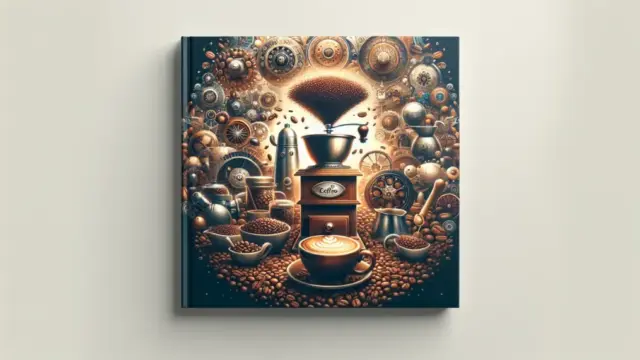


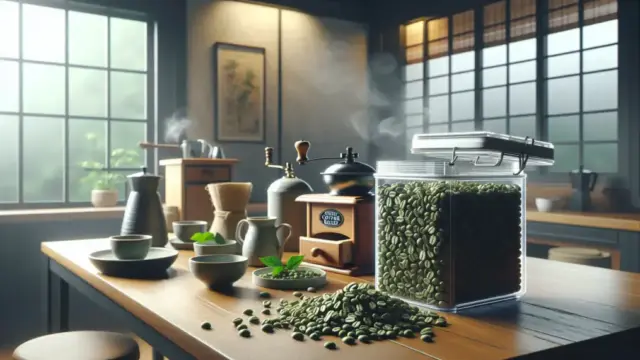
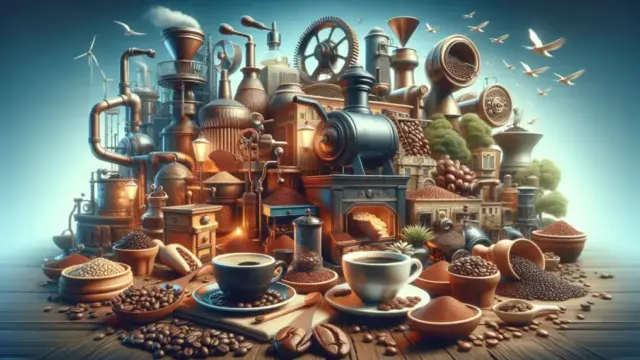

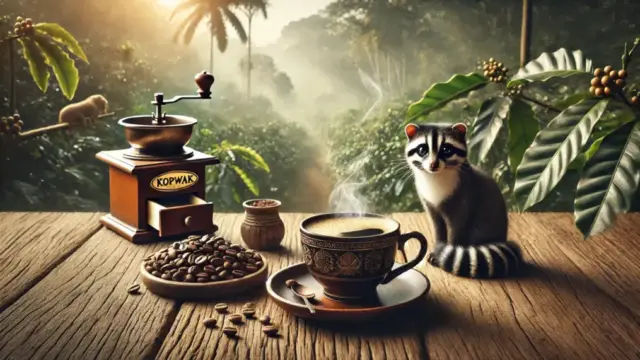


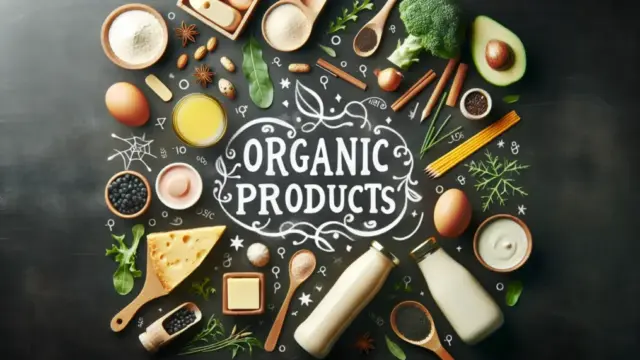
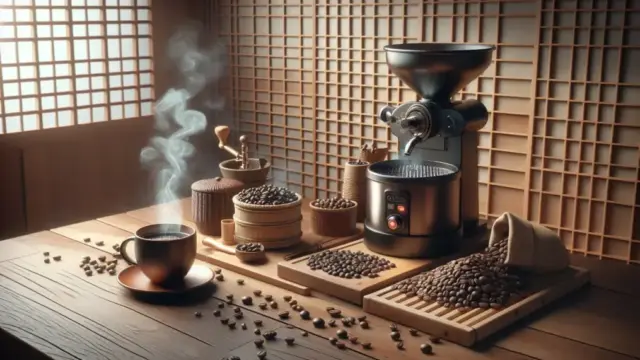
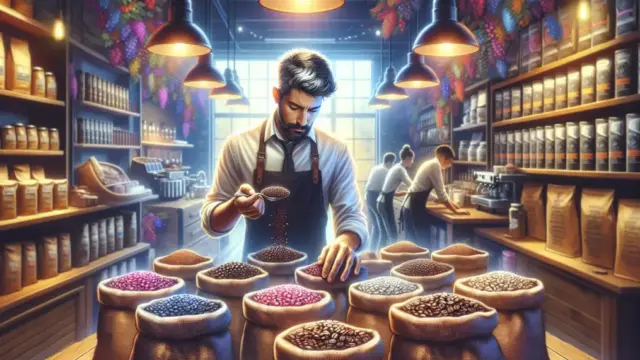


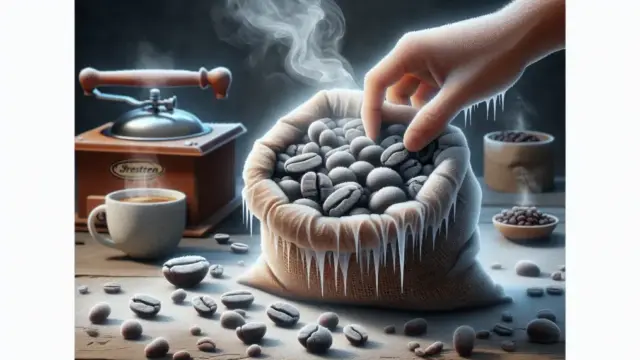



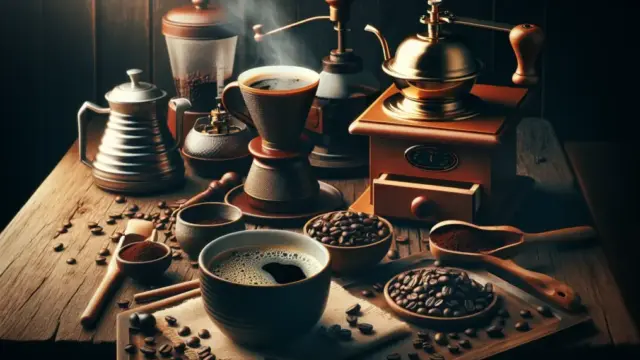




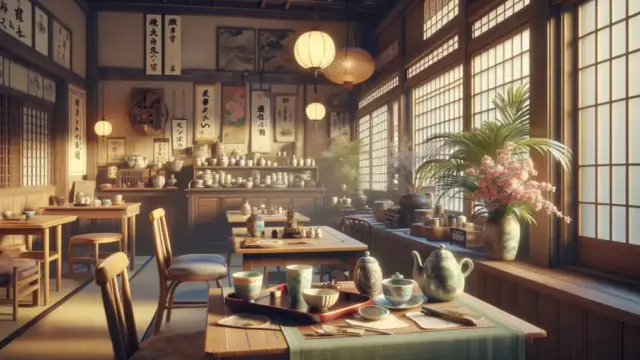

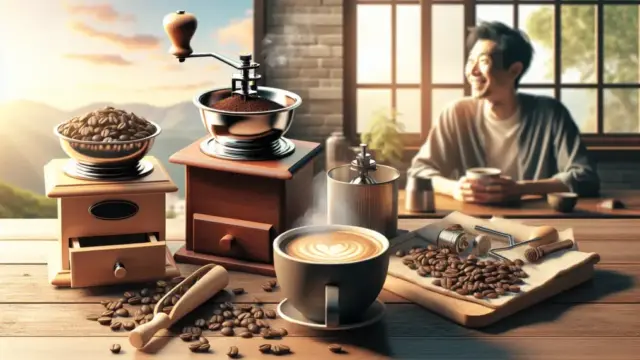
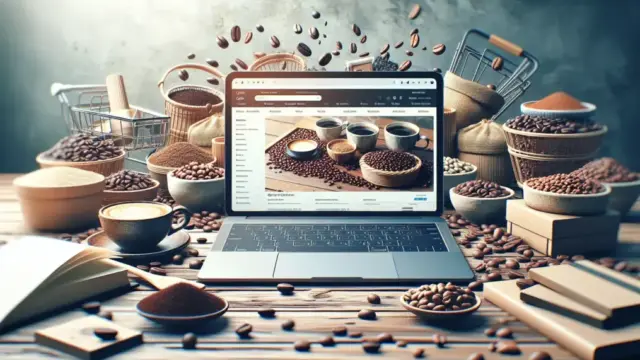
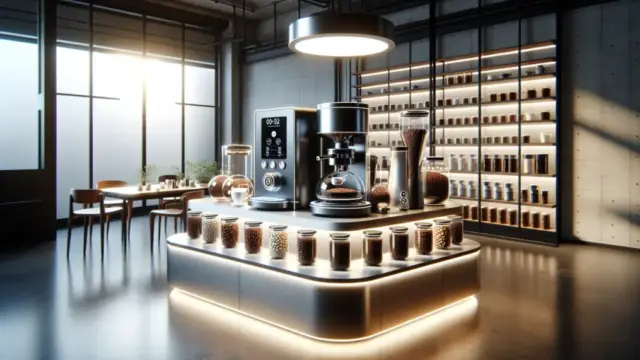




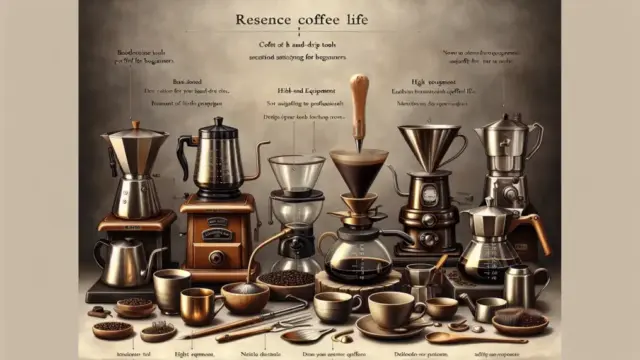















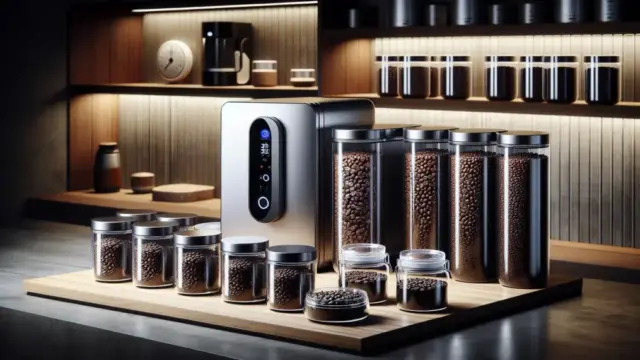





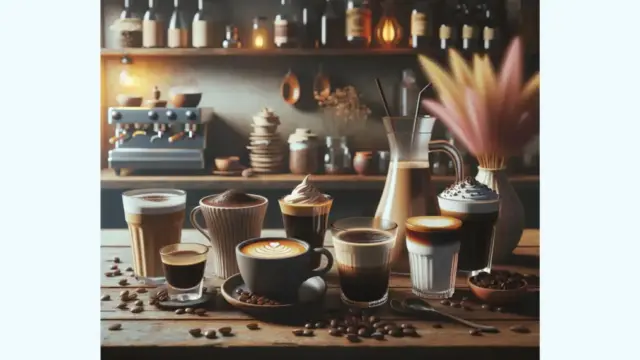

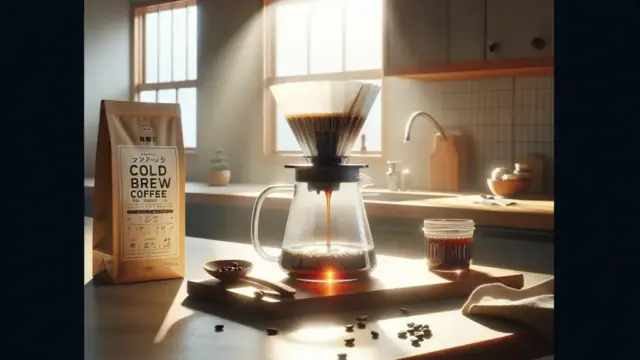
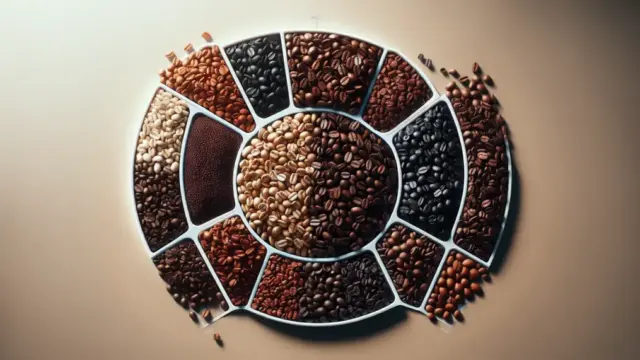

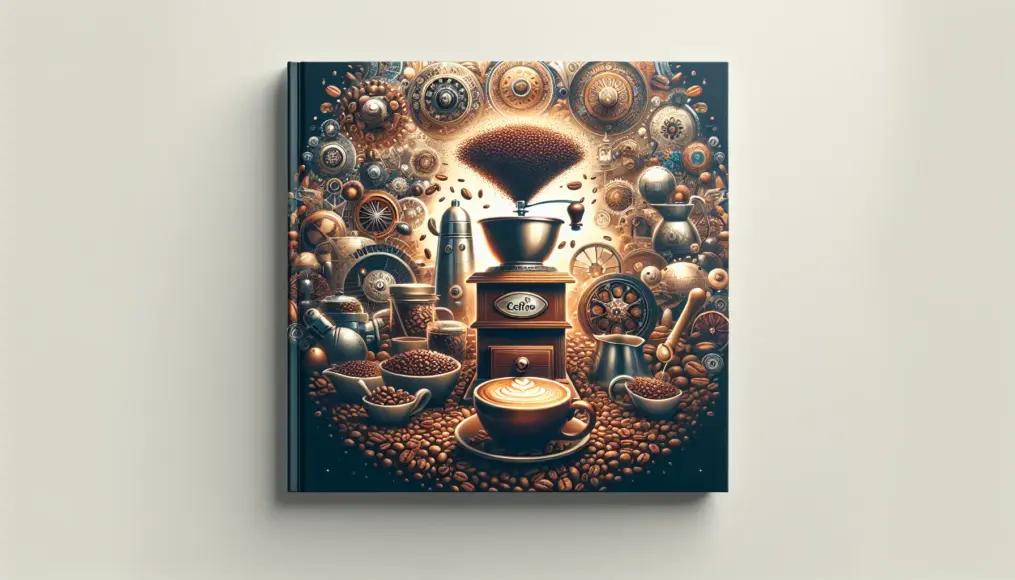
Comment